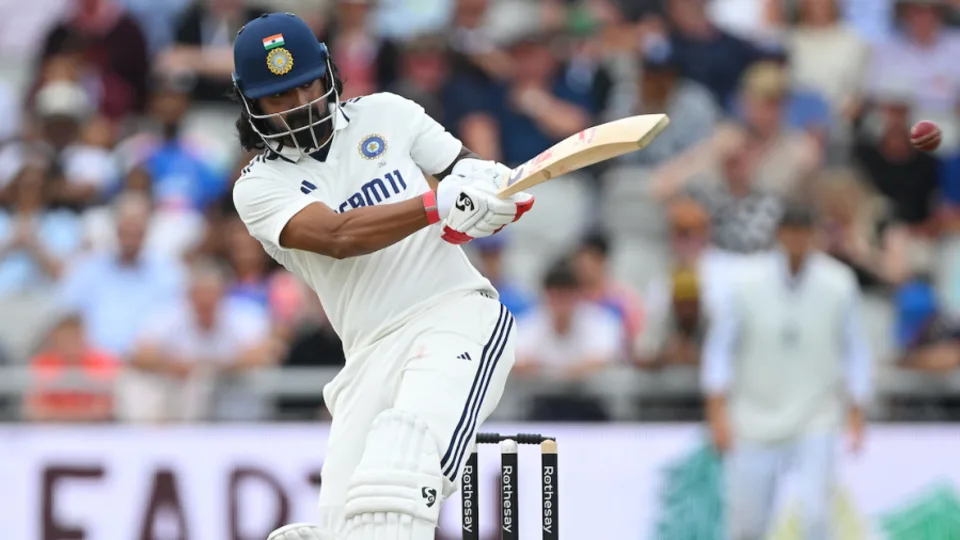
Rahul and Gill have only one adversary- Time, as both batsmen will once again step out to duel with the clock.
Batting time, battling time as Rahul and Gill duel with the clock.
Time is arguably the most objective and absolute thing there is. For one second, it takes one second. A minute will be made by sixty of them. It cannot be avoided. There is nothing you can do to change the speed of the earth. Nothing is more obvious than being so far behind in a Test that you have to bat five sessions to earn a draw, which is your only option.
Two men in India’s dressing room have accomplished these things on varying degrees. In 2008–09, their head coach Gautam Gambhir helped India win a Test match in Napier despite batting for just 137 runs in 643 minutes. Shortly before that, Sitanshu Kotak, the batting coach, held Mumbai to a draw after 796 minutes of resistance at the Wankhede Stadium.
They can inform people heading out the formula: four overs are equal to fifteen minutes, eight overs are half an hour, double that, and then there’s a drinks break. There is a session break after one additional drink break. These are on their way.
Time still cannot be accelerated by it. Avoiding getting ahead of yourself is the hardest thing to do when trying such draws. “Yeah, this looks easy now” is not a good way to start thinking about the next challenge, which could be Ben Stokes, the second new ball, or cloudy conditions. In a chase, you can get away with it. When you are confident, you might be able to take chances and ensure that, even if you fail, you leave the remaining tasks achievable.
Rahul and Gill possess the skills and disposition. Gill has a calm temperament by nature. Rahul has had enough highs and lows in cricket to understand that results shouldn’t influence him. Each of them has experienced one notorious meltdown on a test pitch. Gill at Lord’s, Rahul in South Africa.
However, they have the type of game that can look after them as they go about their batting time with the bat in hand, which is a natural extension of their bodies. They have successfully completed a hat-trick, the challenging three overs prior to lunch, the new ball, a drinks break, sets of fifteen minutes for tea, and then the process again to stumps.
Other markers have existed for them. A Jofra Archer spell, maybe. make him bowl bouncers after that. Then, as he circled the wicket, turn off and on. The opposite end is the same. Changing to over the wicket is Liam Dawson’s move. Kick them out. One ball at a time. Since few will turn, move around and get one to kick and beat the outside edge. Then, play the next ball for the angle. like Gill, who had already faced 162 balls, did in the 62nd over.
Rahul went into stumps with 210, 33 more than Gill, having faced his first ball after Gill had already played one. He once neglected to sprint because he was too focused on simply protecting the ball and shutting down. He needed to be yelled at by Gill.
Just 40% of the work is finished. The fifth day will proceed at its intended pace once more. At times, it will feel both too fast and too sluggish. There will be landmarks. Enter, then switch on properly after 17 overs with a new ball, possibly marking personal milestones. You can feel time passing more quickly if you are getting near to eliminating the gap because it will take England longer to score a run for each one you score. If India comes close to salvaging the game, it will start to slip out of England’s grasp.
There is all the competitiveness that makes sport a spectacle, even though eccentrics may like such Test innings more. Time is passing smoothly on a lovely Saturday evening as the shadows at Old Trafford grow longer. On Sunday morning, it will settle into its own rhythms—slowly for some, fast for others. In reality, it will only move one second at a time.

